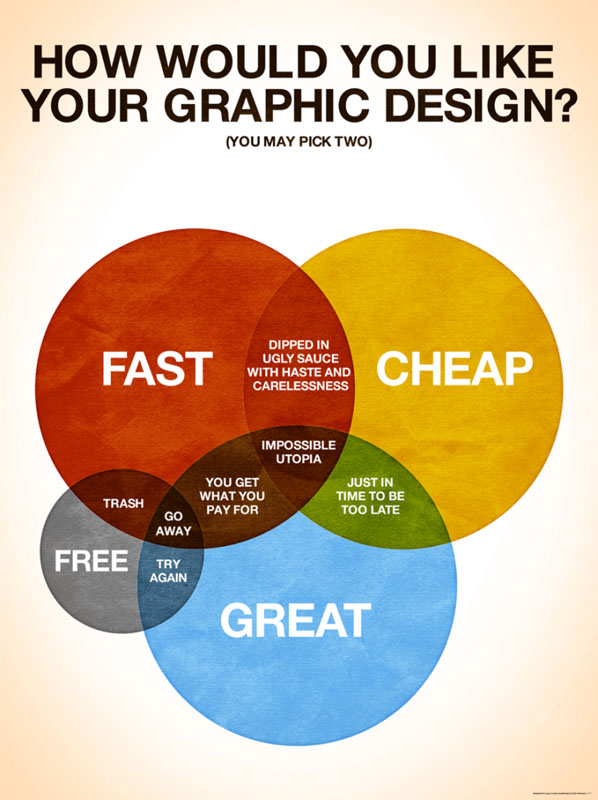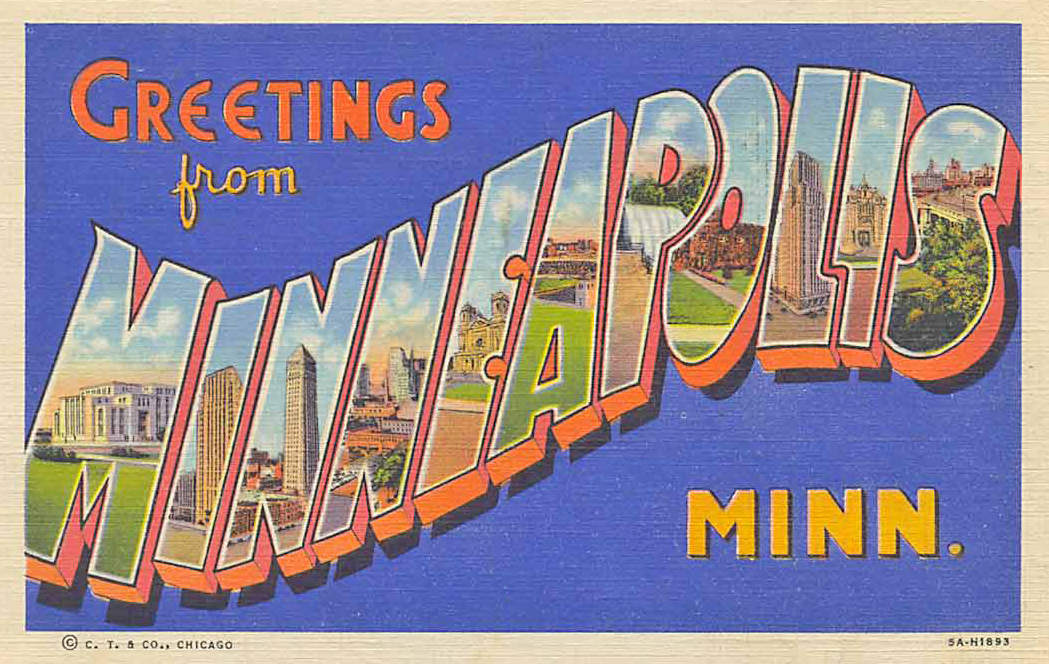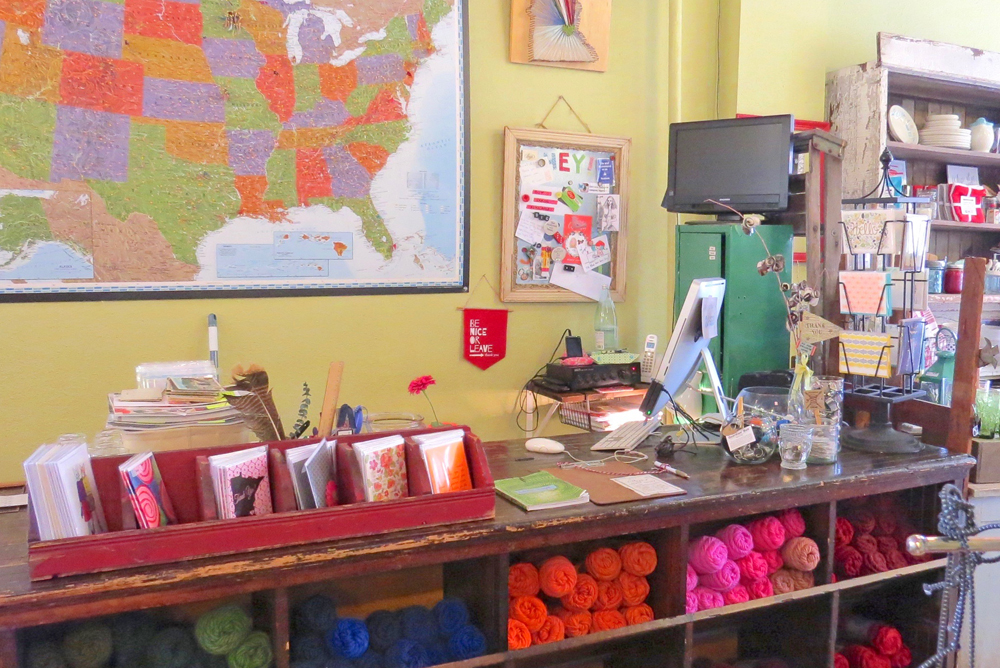I get asked a lot what’s a decent page rate for comic book work.
First off, it’s hard for me to price a project blind without knowing the specifics. It’s like a building contractor making an estimate before coming out to see the work site, or figuring out a fair price on a used car without looking under the hood.
Generally, if it’s a small press publisher that is printing limited copies the page rate will be low. If it’s a bigger publisher with a larger circulation the page rate should reflect that. There is no standard in that regard.
To cut to the chase, here’s what the Graphic Artist Guild currently lists.
Writing (Plot & Script) $75-120
Painted Art $200-750
Pencil Art $100-400
Ink Art $75-300
Lettering $40-50
Coloring $100-150
There’s also a list that breaks it down to what the different publishers pay at CreatorResource.com.
Then there’s this list from Time.com.
CEO – high end
Isaac Perlmutter (Marvel Entertainment’s CEO) worth $3.9 billion
Diane Nelson (President of DC Entertainment) worth $16.6 million.
Comic Book Creator – high end
Stan Lee (Marvel Comics) worth $40 million
Robert Kirkman (Walking Dead) worth $20 million
Editor
Associate Editor at Marvel Comics: $38,000-$41,000 a year.
A more senior editor at DC Comics can make up to $84,000 a year.
Writer
Salaried gig: $55,000
On a project basis:
Script outline $20 and $100 at the bigger publishers.
Script/dialogue $80 and $100 at the bigger publishers.
Comic Book Artist
The median comic book artist salary is $36,500
Penciller
Starting rates at Marvel and DC: $160 to $260 per page.
Inker
$75 to $100 per page.
Colorist
$20 and $121 per page
Letterer
$10 and $25 per page
Now for the long answer…
The best way to move forward is to be as informed as possible.
A starting point is the Graphic Artist Guild’s Pricing and Ethical Guidelines.
Remember your bedrock is a good contract, as the following video will attest.
Mike Monteiro – F*ck you, Pay me
Now… if you’re new to the business and just starting out, you’re chomping at the bit just to get published – Do not undervalue yourself. If you’re not careful you’ll set a precedent and never get paid what you’re worth.
Here’s some advice from the grumpy old man to a certain type of client…
Remember that part of negotiating a contract is breaking down for the client what the work entails and your worth and ability in providing this. You want to be in a position that the client knows he’s making a good investment for what he’s paying.
Tom Richmond (past NCS president and Mad Magazine artist) gave the following advice to an MCAD class I was teaching.
You’re not pricing your work based on the time you spent on it, but the rights you’re giving away. And if someone wants you to work for free claiming the work they are offering will be “good exposure” – remember, people die from exposure.
And from Nick Ubels: When to Say No to Unpaid Gigs
The balance between the value of exposure and compensation, experience and pay is contested in every creative field. For those of us who want to make it in journalism, we’re asked to commit time and energy to unpaid internships and supposedly career-advancing “opportunities” that are to our benefit. And frankly, unpaid labour is hugely beneficial to the companies providing said opportunities.
This is nothing new. To some extent, internships and volunteer experience have always been a part of these freelance-driven industries. But there comes a point at which an exchange of money for services needs to enter the equation.
What you always have in your corner when negotiating a contract is the power to decline and walk away – especially if the payment is inadequate. This should be done professionally with your “business hat” on so you don’t burn bridges – not your “artist hat” that wants to punch those bastards (who want something for nothing) in the face.
Recommended Link: 15 Ways to Negotiate Better Rates of Pay – by Jim Thacker.
Along those lines, here’s Harlan Ellison with a few choice words…
Work for Hire
A lot of comic book freelance is working on established characters under a Work for Hire contract where the artists rights are signed away and the client becomes the legal owner and author of the work.
Once again, Tom Richmond…
Illustration groups like the Graphic Artists Guild and the Society of Illustrators rightly disdain WFH agreements and widely suggest illustrators refuse to work under WFH agreements. That makes sense in a perfect world, but sometimes in the real world a WFH agreement is a necessary evil.
I think you have to realistically assess the amount of risk you are taking in doing a WFH job compared to not doing it.
For much more info on Work for Hire, check out Work for Hire – The Fallout.
Back End Deals
Another popular tactic to pay the artist very little (or even get the work for free) is the bait of a possibility of money on the back end through royalties, licensing and merchandise.
From Colleen Doran in regards to “back end” deals.
You’re gambling that your work will be popular enough to pay for things the publisher does not pay up front. Most of the time, that’s a losing bet.
I have accepted work like this myself in the past and it has never panned out favorably. Looking back, I also feel I ended up producing less than stellar work – partly because I couldn’t devote the time I would have liked (as paying work had to take precedence) – but also because psychologically it ended up getting under my skin that my work was not valued enough by the client that he deemed it worth payment.
If you do decide to accept work like this, see it for the gamble it is. It’s never anything to bank on.
And keep the following in mind…
If you’re looking for more info and resources for cartoonists, check out my previous post, the Business of Cartooning
All for now – deadlines looming…




























